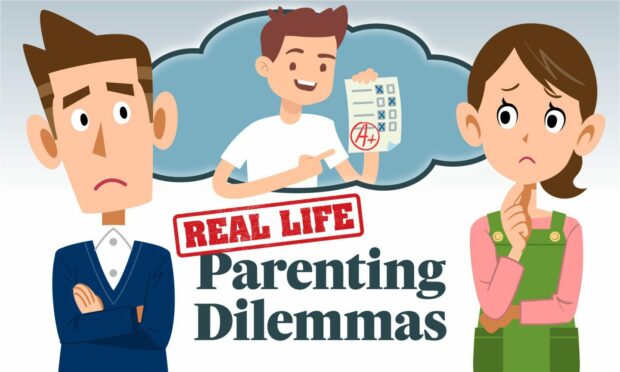Just how important are exam scores in determining whether your child will go on to have success beyond school?
What do different levels mean, and what are some alternative ways to get in a position to succeed?
In the grip of exam season, it’s easy to fall into the trap of thinking these tests will determine the rest of your child’s life. With so much pressure and so much seemingly at stake, it’s important to put everything in proper perspective.
Placing the right amount of pressure on your child’s exam performance can give them a better chance for success. But it’s a delicate balance to keep them motivated without overwhelming them.
What are some of the alternative measurements for success? How should you talk to your child about the options available to them?
Take our poll below to tell us what you think about exams and whether they’re the right measurement for success.
Pressure for exam success can have negative consequences
This year marks the first time since 2019 that students have sat for traditional exams. For many students, this is their first year sitting national exams and experiencing the pressure that comes with them.
And the need to succeed takes its toll on a student’s health and wellbeing.
Between April 2021 and March 2022, Childline practitioners held over 1,700 counselling sessions specifically related to exam stress and revision. That’s a 62% increase over the previous year.
Paul Johnson, Childline team manager for Aberdeen, said that keeping an open mind can help students manage.
“Dealing with stress and anxiety during exam time can be incredibly tough for children, but parents and carers can help by reassuring them that they are there to listen to what kids might be feeling, and to help them to take the time to think about what to do next.”
Here are some strategies for helping your child deal with exam stress:
- Encourage positive thinking.
- Make sure your child is comfortable being honest with you about how they feel.
- Help your child keep track of their own revision. They shouldn’t feel the need to compare themselves to others.
- Make time for their favourite activities so there’s always an outlet for stress.
Are exams the only path to success?
With the SQA on its way out and a still-unknown system to take its place, some education leaders are calling for an end to traditional exams.
James Thewliss, head of School Leaders Scotland, believes exams are no longer fit for purpose. He told BBC Radio Scotland that in the future there should be a “more enlightened” way of assessing the skills and knowledge of young people.
Last month, we collected data on the percentage of school leavers earning five or more Highers at every secondary school in the north and north-east. The resulting school league tables showed a stark contrast in student attainment at different schools.
But Higher exams are just one metric for measuring success. At many schools where fewer students achieved five or more Highers, the majority of school leavers went on to positive destinations.
Education leaders across the north and north-east spoke about the importance of all types of achievement.
A Moray Council spokeswoman said: “As always we celebrate the achievements of all our pupils – those reflected in exam results and those which aren’t but are of no less merit.”
Do you think exams are the best way to measure success?
Next week, we’ll bring you comments from experts about the different ways to help your child think about success.
What has your child’s experience with exams been like in recent years? How do you help them cope with the stress?
Let us know in the comment section, or tell us what you think might be a better way to measure student success.
Read more from the Schools & Family team
Concerned about child benefit and tax credits? Here’s what you need to know
From Zimbabwe to Ellon: Covid widow’s ‘anxiety and distress’ in visa battle for kids

Conversation